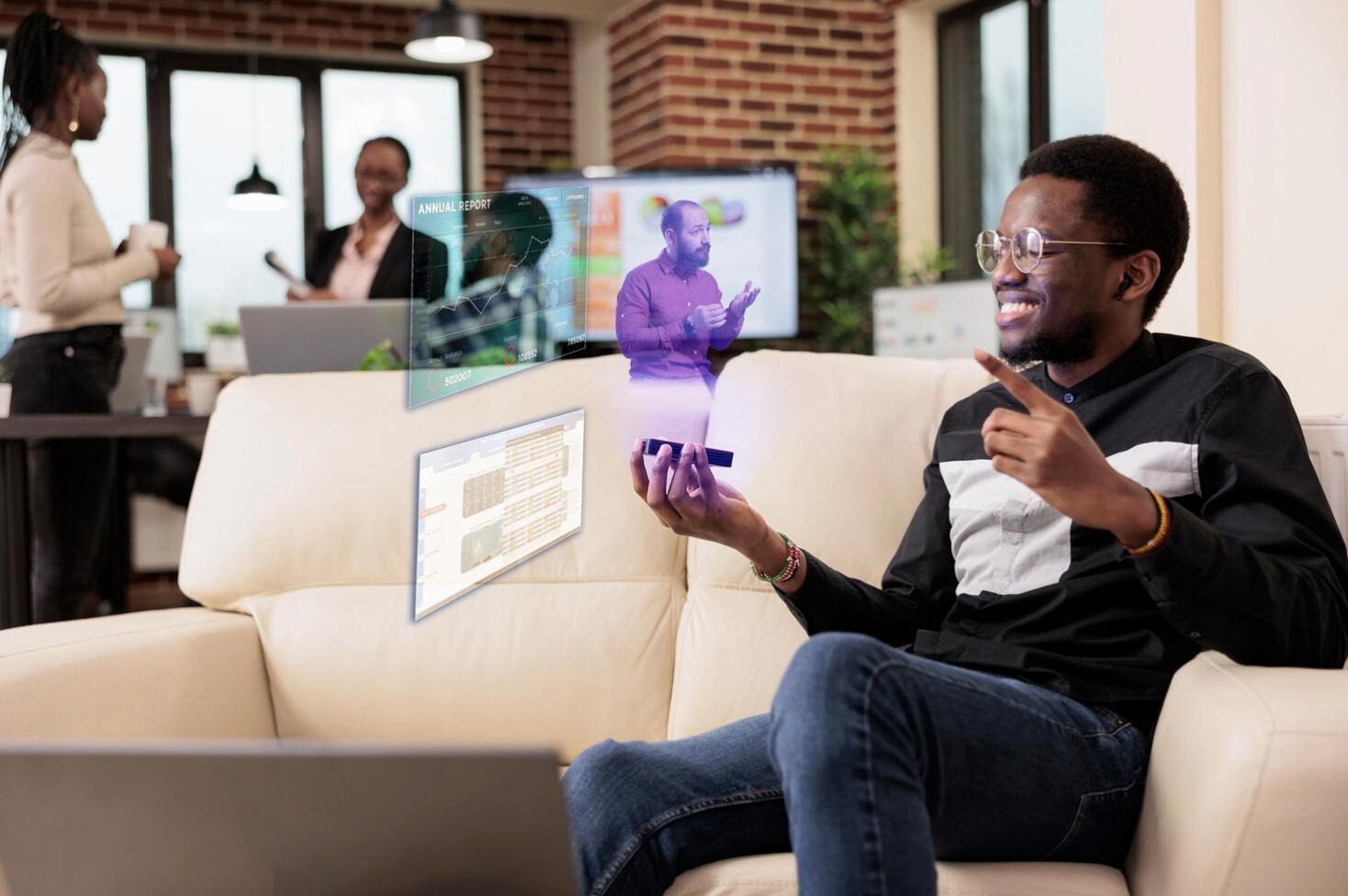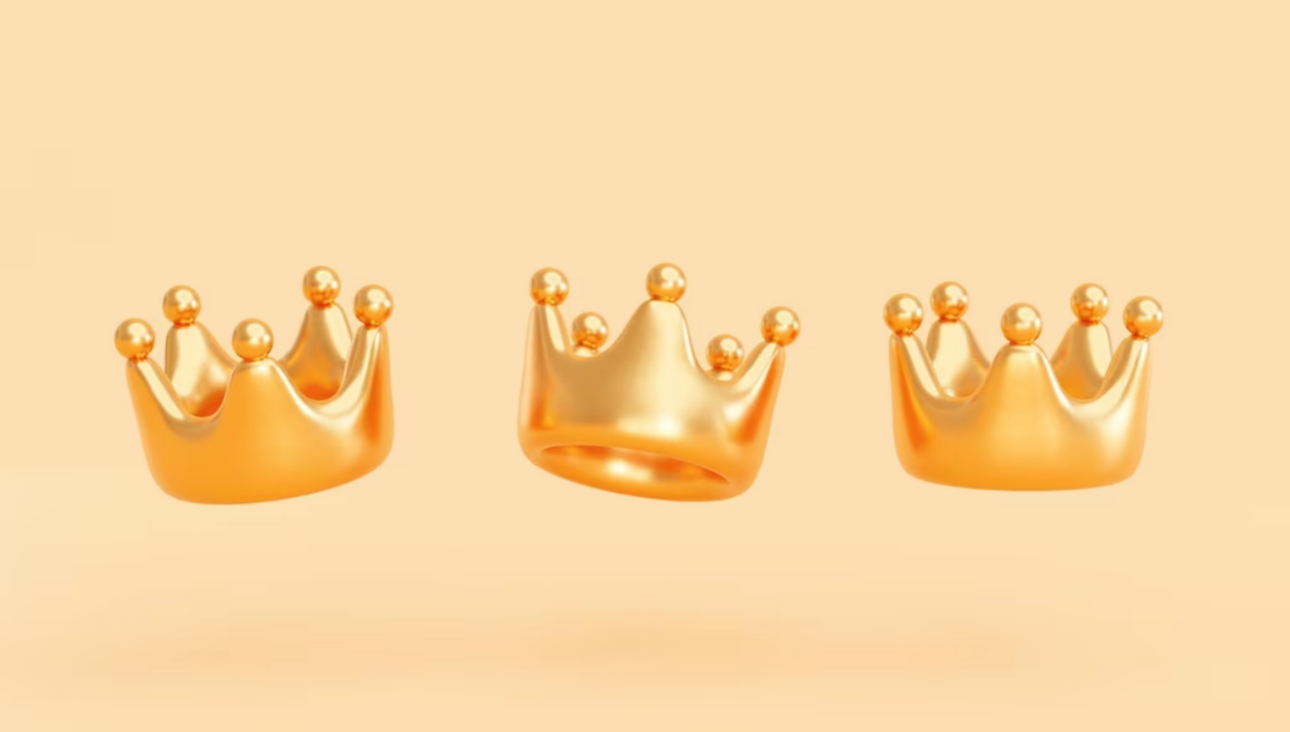- Blog /
- apac-market-insights
Smart Ways to Use 3D Technology in Your Marketing Strategy
08 Jan 2024
By AroundDeal

When it comes to the field of marketing, staying at the forefront of technology can give businesses a significant competitive edge. One such technological advancement that has been making waves in the marketing world is 3D technology. When used strategically, 3D technology can provide a more immersive, interactive, and engaging experience for consumers. Whether it's through 3D rendering, virtual reality, or augmented reality, 3D technology allows marketers to create vivid and lifelike experiences that capture and captivate audiences. If you're looking to incorporate 3D technology into your marketing strategy, here are some smart ways to do so.
Enhance Product Visualisation with 3D Rendering
3D rendering is an excellent tool to enhance product visualization in your marketing strategy. This technology enables you to create detailed and lifelike images of your products, allowing consumers to view them from all angles and understand their features more clearly. You can bring your products to life without the need for physical prototypes, saving both time and resources. Moreover, 3D rendering can make your products more appealing and tangible to your consumers, ultimately driving more engagement and conversions. Whether you're selling furniture, electronics, or even food products, 3D rendering can help showcase your offerings in the best light.
Create Immersive Experiences with Virtual Reality
Virtual reality (VR) presents a powerful opportunity to harness the potential of 3D technology in your marketing strategy. By immersing consumers in a simulated and interactive environment, VR enables them to experience your products or services in a whole new way. Whether through virtual showrooms, store visits, or even test drives, you can offer customers a unique and unforgettable journey that leaves a lasting impression. Moreover, VR allows for tailored experiences, catering to different target audiences and enhancing personalization. Embrace this cutting-edge tool to elevate your marketing endeavors.
For instance, home improvement stores can use VR to showcase design options for customers' homes, allowing them to virtually experience the changes before making a purchase. Similarly, automotive companies can offer virtual test drives of their latest models, providing an immersive and realistic experience without the need for a physical car.
Displaying 3D Visuals
The use of 3D technology in marketing extends beyond just product visualization or virtual experiences. You can also utilize 3D visuals in your advertising efforts to grab the attention of consumers and stand out from the competition. Whether it's through animated videos, interactive banners, or social media posts, incorporating 3D visuals into your marketing materials can make them more engaging and shareable. For instance, holographic fans for displaying 3D visuals have become popular in trade shows and events, drawing crowds and generating buzz around products or services. Also, using 3d visuals in your business headquarters can attract the attention of visitors or potential partners, making lasting first impressions.
Engage Your Audience with Augmented Reality
Augmented reality (AR) is another form of 3D technology that can take your marketing strategy to the next level. Unlike VR, AR doesn't require any specialized equipment and can be experienced through a smartphone or tablet. Using AR, you can overlay digital elements onto the real world, creating an interactive and engaging experience for consumers. For example, cosmetic brands can use AR to let customers try on makeup virtually, while furniture companies can allow customers to see how a particular piece would look in their space. AR not only adds an element of fun and entertainment but also helps consumers make more informed purchasing decisions.
Incorporate 3D Technology into Your Social Media Strategy
With the rise of social media, marketers have more opportunities than ever before to connect and engage with their target audiences. By incorporating 3D technology into your social media strategy, you can make your content more visually appealing, interactive, and shareable. For instance, you can use 3D images or videos in your Instagram posts or create a Facebook AR filter for users to try out your products virtually. This not only adds a unique element to your social media presence but also increases brand awareness and drives more traffic to your website.
Leverage 3D Printing for Prototype Development
3D printing, another branch of 3D technology, can revolutionize your marketing strategy by allowing for rapid prototype development. This means that you can bring your products to life in a tangible way before they even hit the market. With 3D printing, marketers can create a physical model of their products, which can be used for demonstrations, exhibitions, or even customer feedback before the final production. This approach not only saves time and resources but also allows you to refine and perfect your product based on real-world insight, boosting the chances of its success in the market.
Incorporating 3D technology into your marketing strategy can be a game-changer, offering a host of benefits from enhanced product visualization to immersive customer experiences and rapid prototype development. With its potential to create lifelike, interactive, and engaging experiences, 3D technology can significantly elevate your marketing efforts, drive engagement, and boost conversions. Whether it's through 3D rendering, virtual reality, augmented reality, 3D visuals, or 3D printing, integrating this cutting-edge technology into your approach can help set your brand apart from the competition. As marketing continues to evolve, staying ahead of the curve with 3D technology can give your business the edge it needs to thrive in today's digital landscape.






